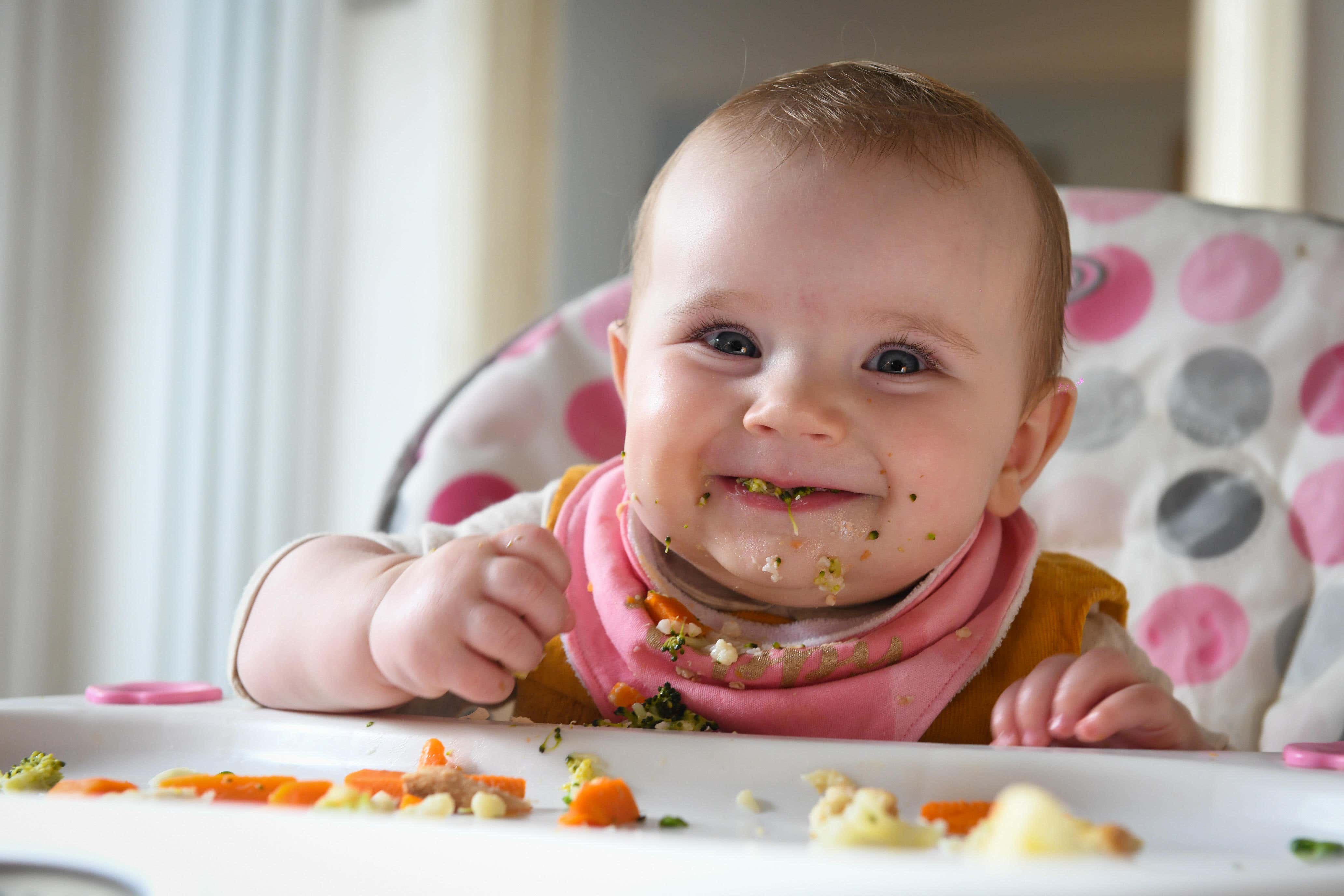
Your support helps us to tell the story
This election is still a dead heat, according to most polls. In a fight with such wafer-thin margins, we need reporters on the ground talking to the people Trump and Harris are courting. Your support allows us to keep sending journalists to the story.
The Independent is trusted by 27 million Americans from across the entire political spectrum every month. Unlike many other quality news outlets, we choose not to lock you out of our reporting and analysis with paywalls. But quality journalism must still be paid for.
Help us keep bring these critical stories to light. Your support makes all the difference.
Baby food pouches are in high demand with sales reportedly increasing by 900 percent, but doctors believe this could lead to problems down the road.
Whether it’s mixed greens or banana-strawberry puree, toddlers and children are consuming a vast quantity of blended foods.
According to the LA Times, food pouch sales have risen massively in the last 14 years, making them the most popular form of baby food on the market.
However, consuming a majority of one’s diet via food pouches at a young age has raised concerns from doctors and nutritionists worried about long-term developmental, dental hygiene, and overall health effects on young children.
A study published in 2019 by Nutrition Today found that a majority of pouches are blends of several fruits and vegetables, rather than single entities. Additionally, the study concluded that pouches have “lower nutritional value” than other packaged baby food like jars.
Kameron Moding, an assistant professor of Human Development and Family Studies at Purdue University, pointed to the danger of conveniently consuming the “high level of sugars” in food pouches just because they may be easy to carry and are cost-effective.

“The nutritional profiles differ from products sold in other packages, particularly with respect to sugars coming from fruits,” Moding explained.
This year, researchers pulled data from over 650 food products made for babies and toddlers, finding that 60 percent sold at grocery stores around the US do not reach proper nutritional recommendations and zero percent reach the World Health Organization’s requirements.
In August, the study led by The George Institute for Global Health was published with data from the top 10 grocery stores in the US from Kroger to Sam’s Club, Target, and Walmart. Information was taken from the H-E-B and Safeway websites, while the other eight locations were visited.
Based on the study’s findings, 70 percent of the 650 food products did not meet protein requirements, while 44 percent exceeded total sugar limits.
The sugar concentration and texture of the puree pouches may also negatively impact a child’s dental hygiene. “Eating from pouches can cause cavities because of the high sugar content and their contact with a child’s teeth,” the Green Hills Pediatric Dentistry states. “The physical act of chewing food helps naturally cleanse your teeth from the texture of the foods.”
According to Dr Steven Abrams, a University of Texas at Austin Dell Medical School pediatrics professor, food pouches should be served as snacks, not substitutes for meals.
“We want kids to learn to chew and eat foods like meat, and fruits and vegetables that are not processed,” the scholar told the LA Times. Tanya Altman, a pediatrician based in Calabasas, California, agreed with Dr. Abrams that food pouches should play a small role in a child’s overall nutrition.
Parents can refer to the US Department of Agriculture website for official guidance on toddler nutrition where they recommend serving a variety of “fruits, vegetables, grains, protein foods, and dairy and fortified soy alternatives” with low sodium and sugar levels.







